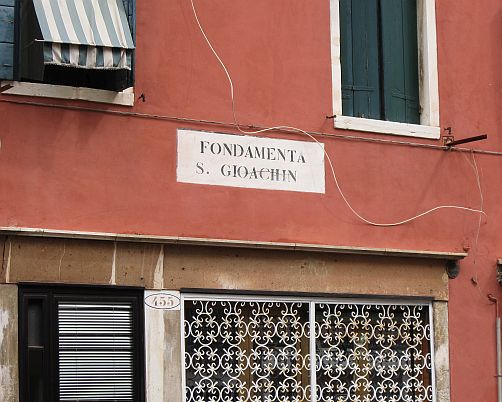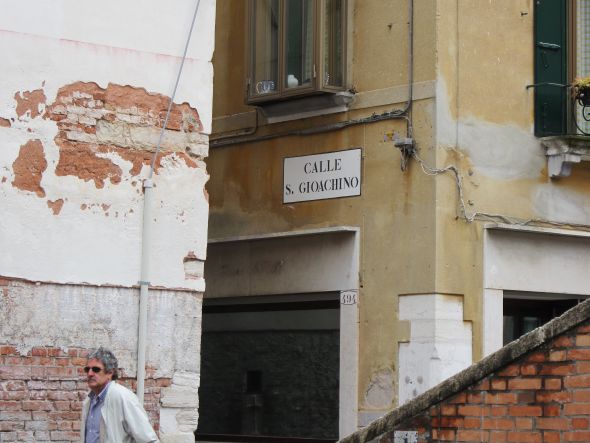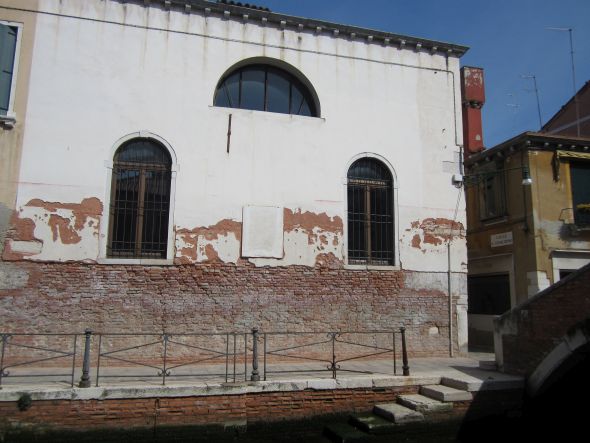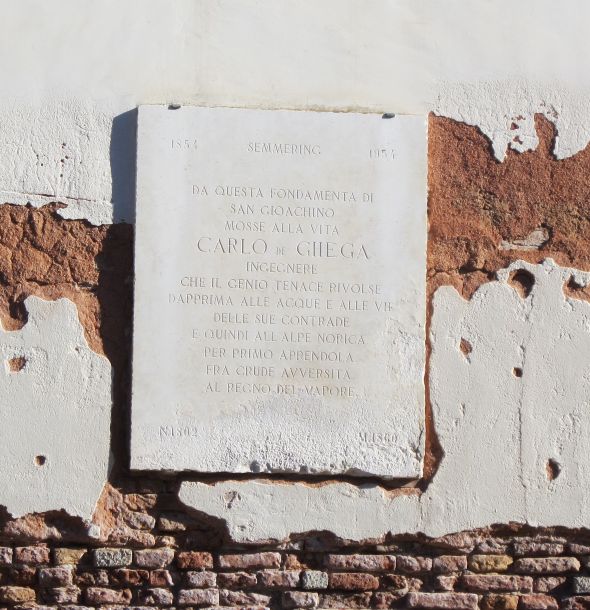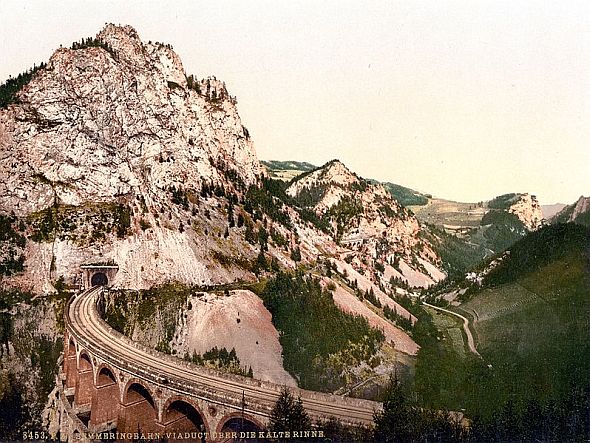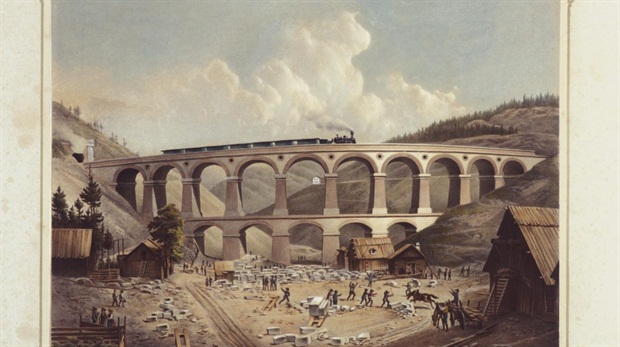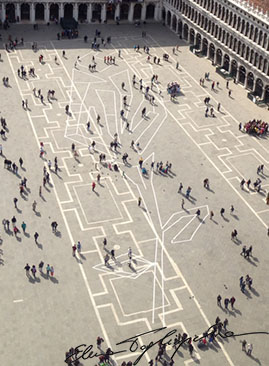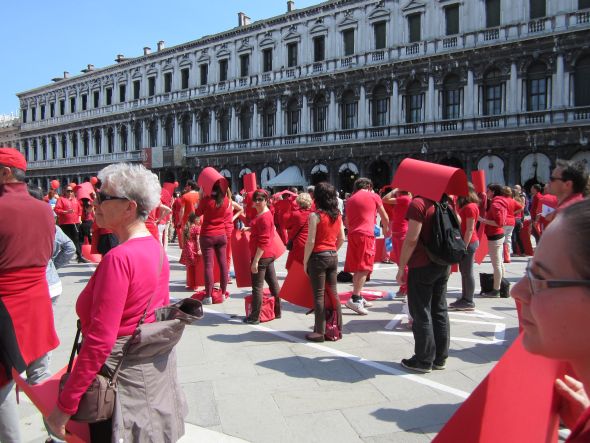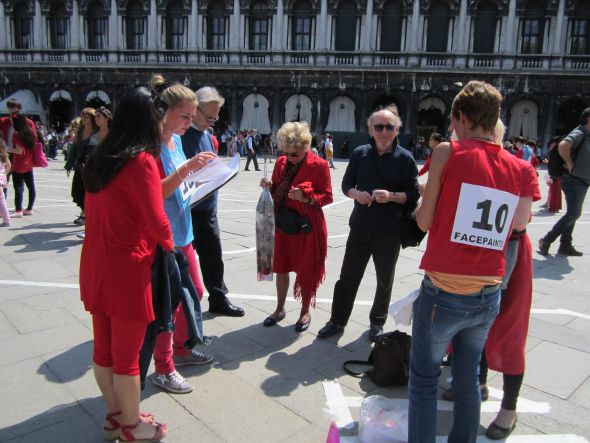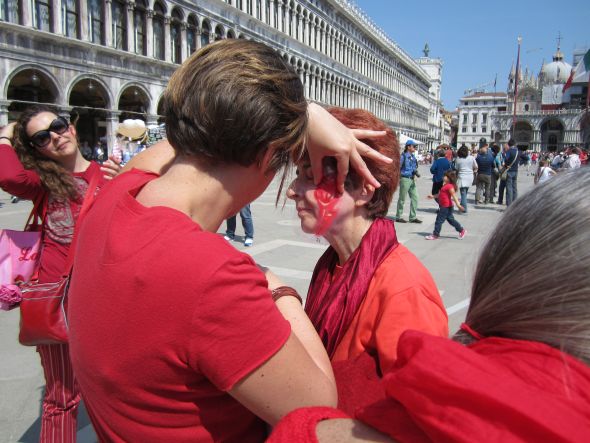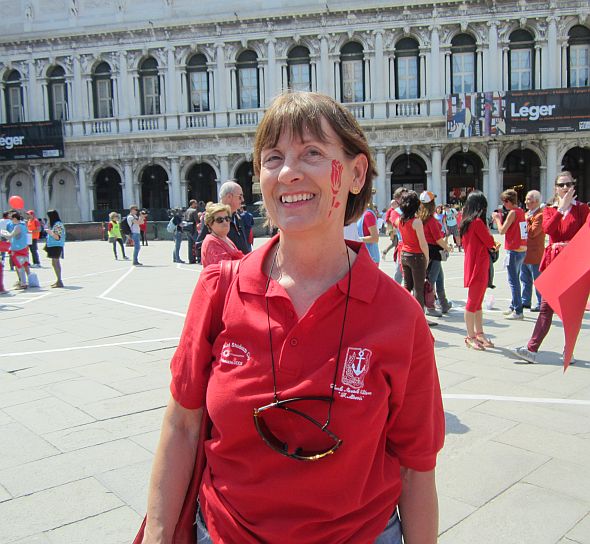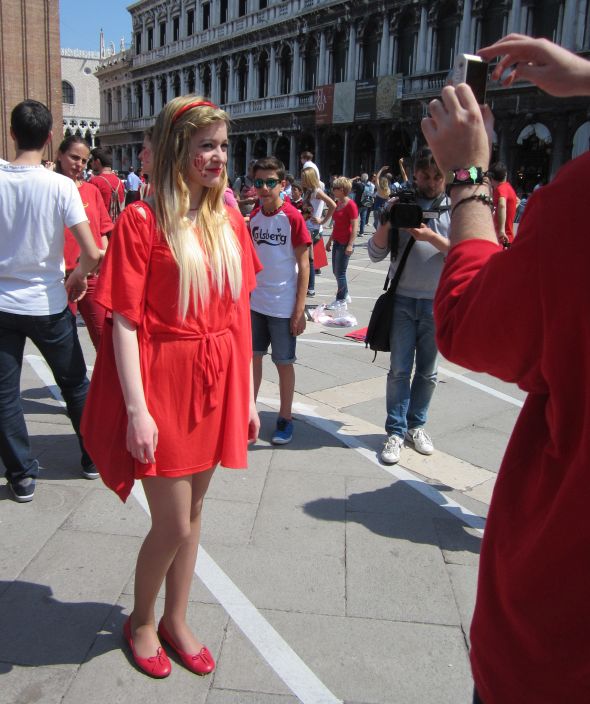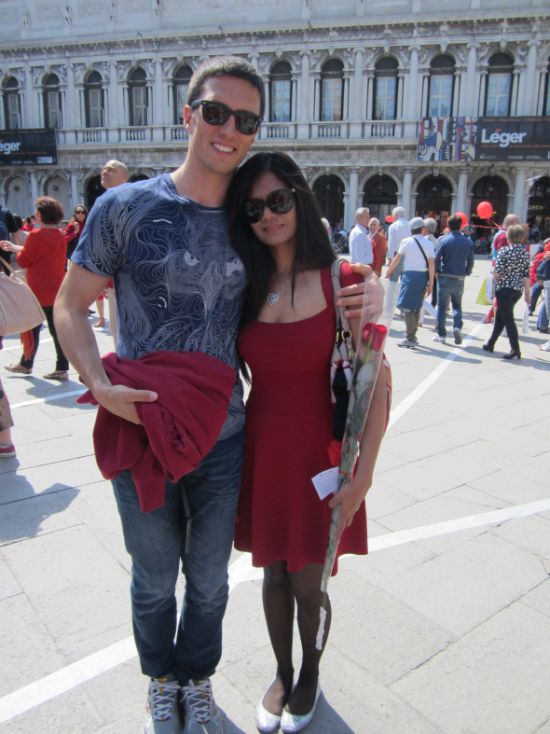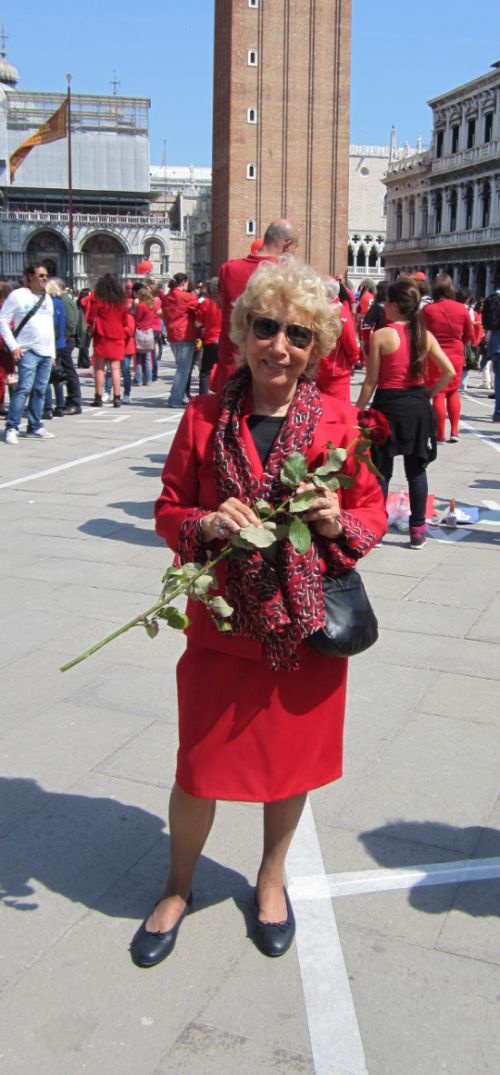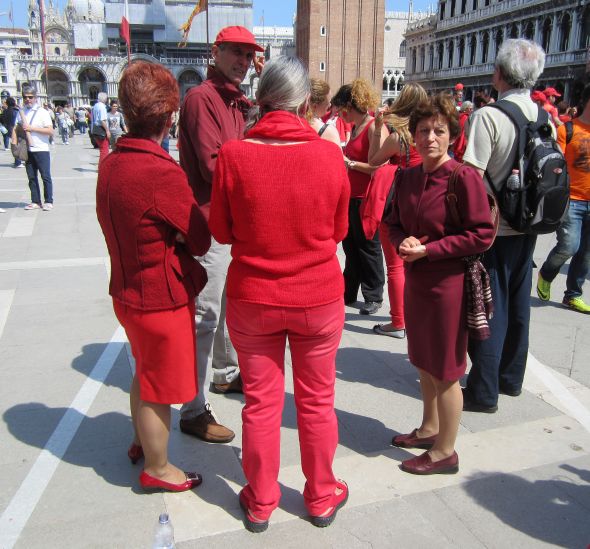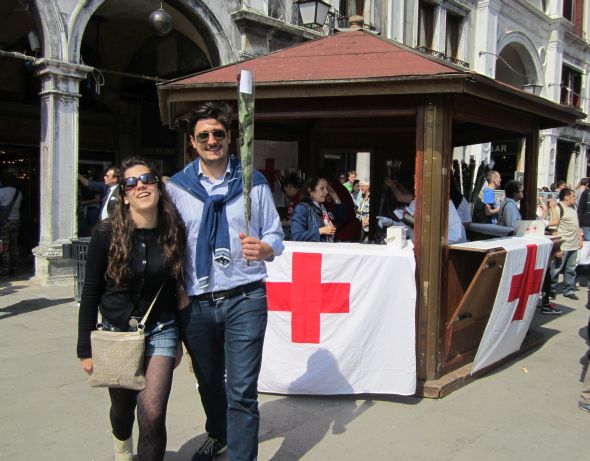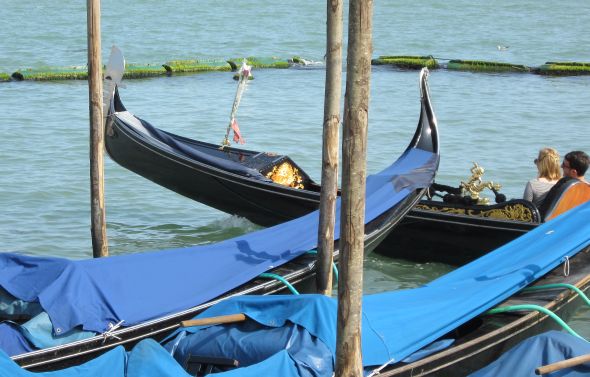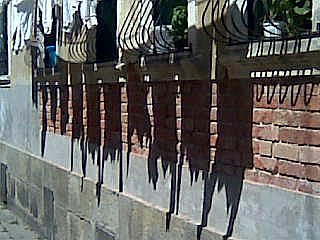
As everyone knows by now, laundry, over time, has become a minor obsession with me.
I’m not alone; to judge by the number of tourists who stop daily to snap photos of lines of drying clothes, hanging out your garments has become as quaint as hand-grinding your cornmeal.
Drying clothes, though, requires only a cord, a handful of clothespins, and sun and breeze. Or sun or breeze. Or lots of time and hope. One memorable day I hung out an excellent collection of raiment, and we went for a long walk. It rained. (Bad.) It stopped. (Good.) This happened three times before we got home. This sort of day will make you appreciate the sun more than eight days on the beach in Curacao.
The washing of said garb, however, is an entirely different matter. Since I’ve been on Earth, there have always been washing machines of some sort. But Lino, and anybody else born before, say, 1950, recalls otherwise. If you’re a woman, you recall it vividly.
How do I know this? Thank you for asking.
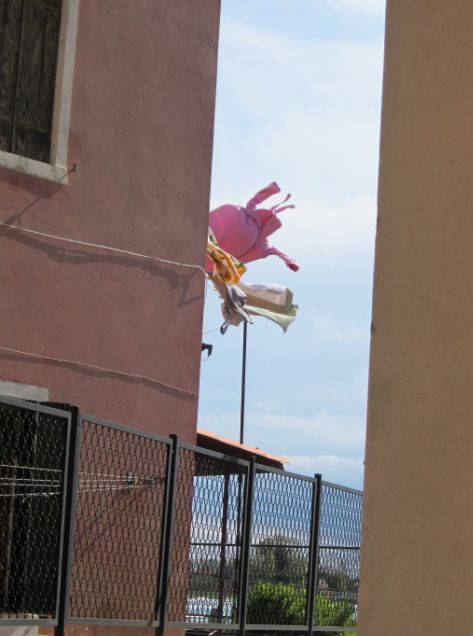
One morning, my phone rang. It was one of my dearest elderly friends, and she was asking for help. Not for herself, but for her equally elderly cousin, L.G, 84 years old, who, in the middle of their morning walk to the supermarket, began to feel seriously faint.
My friend called the ambulance, and waited with L.G., of course. But she couldn’t manage also to accompany her cousin to the hospital, because she herself didn’t have any strength to spare. When you’re over 85 and have constant pain in most of your joints, especially your right knee, you have to ration your energy, and she had already used up her allotment for the day. Would I be willing to run to the hospital, intercept L.G. when she was delivered to the Emergency Room, and see her through whatever had to be seen through? There is only one answer to that question, and that’s the answer I gave.
We were at the hospital seven hours, which isn’t important to this story; most Emergency Rooms take a leisurely approach to people whose life is not in imminent danger (perhaps not recognizing that the accumulated tedium can be deleterious to your health). So I spent the day on my feet, standing next to her in her wheelchair and strolling along with her to whatever X-rays or other tests had to be made. No food for either one of us all day, because I knew if I were to wander away even for 20 seconds, the doctor who hadn’t been born yet when we signed in would suddenly appear and take her someplace I would never find her again.
All of this is preamble.
We were chatting away (she had begun to feel less faint rather quickly). She was telling me about her other assorted physical problems.
“And my wrist really hurts,” she told me, holding up her right arm. “It hurts so much I can hardly move it.”
“What happened?” I asked, imagining a fall, or her running into the furniture in the middle of the night.
“It happened when I was wringing out the sheets.”
Excuse me?
“I had washed the sheets and I was wringing them out.” Obvious? Not in the third millennium.
I stared at her. I once mopped up all the water in the bottom of Lino’s boat using a terrycloth hand-towel from my hotel, and I can tell you that after about an hour, wringing out sodden cotton begins to hurt. It has never been my fate to have to hand-wash a sheet, but I can imagine it.
What I couldn’t imagine was an 84-year-old woman doing it. But she does.
She grew up washing sheets by hand; it’s not as if she had been forced to start doing it when she turned 70. This has always been normal, and while she’s perfectly aware that the washing machine has been invented, she doesn’t see any need for it.
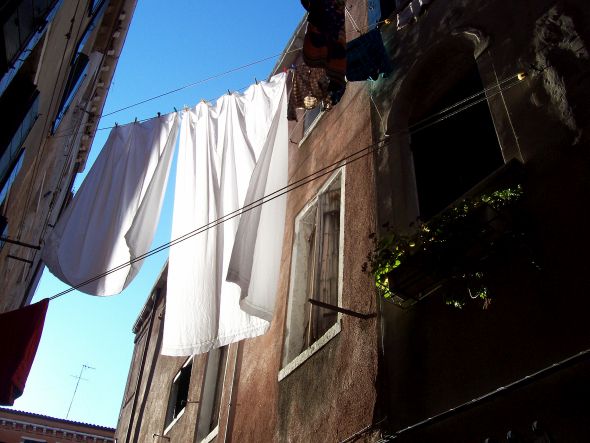
When she was discharged, I accompanied her back to her apartment, where I got a look at how this particular lady lives. I don’t say that her situation is typical, but I wouldn’t say it’s unique, either.
First, the climb to her apartment is up two flights of stairs which are as steep as the ratlines on a square-rigger. She does this every day, though when she goes to the mountains she has to ask her neighbor to help her horse her suitcase down (and up) the stairs.
On the other hand, she has lived in this apartment her entire life; she was born here. So she’s had time to get used to the degree of ascent involved. I can tell you that if it were a mountain trail, plenty of people would just turn around and go back to the lodge.
The apartment itself reminded me of my grandfather’s house, primarily because the furniture was old, and although in reasonable condition, it showed every sign of having been left to fend for itself. If something wasn’t broken — I mean totally broken and useless — it would be there forever. A little break, or nick, or crack, doesn’t count as damage. Everything was old, and seemed to be tinted with the same general, faded-all-over earth-tone from the distant days when the concept of color scheme was simpler, or perhaps hadn’t been invented yet. The whole apartment smelled kind of tired.
Among the many things that hadn’t been changed since she was a girl was the kitchen sink. It is a rectangular slab of granite, with a shallow rectangular hollow in the center, and I’ve been told that a sink like this could be sold for its weight in almost any currency you choose. I’ve seen another like this — even bigger — in the kitchen of a palace, installed next to another amazing artifact: A fireplace remaining from the days when you cooked in cauldrons over the flames. (More about that in a moment.) But the palace residents were not aged widows living on a pension. Au extremely contraire.
Back to L.G. This granite receptacle is where she washes everything — dishes, sheets, herself. She doesn’t have a shower or a bathtub. She doesn’t have a hot-water heater, either. If you want water, it’s cold. She does have heat, though, and she has a toilet, in a tiny cubicle about two inches larger than the appliance itself.

I wondered silently whether this arrangement was the result of habit, or parsimony, or sloth. You can make a case for all of these factors. But the truth is otherwise.
The reason, I was informed by a reliable source, is that she isn’t sharp enough to understand how to operate it.
Faced with the challenge of attempting to operate a washing machine, and almost certainly failing, a wet sheet is just simpler, even if it does have to be washed and wrung out using nothing but her own ten little toothpick-sized fingers. Just like she has always done.
The history of washing machines (by which I mean the mechanical invention, not the woman herself), begins in 1851. Many improvements in the design rapidly followed. I realize that not everyone could afford one, but buying a washing machine wasn’t as unusual as, say, buying a flying saucer. Anyone in Venice who had the means to get one did not hesitate.
This alacrity was inspired by the fact that virtually everyone washed everything by hand until the end of World War II, and often beyond. Lino and his older sister (born in 1929) have educated me on how Wash Day proceeded at their house.
They had running water in their second-floor apartment, and a sink. But their mother, like many Venetians, was still cooking over a wood fire in a fireplace, just like Little House on the Canal. “There was a chain that hung down,” Lino said; “the cooking pot was attached to it, and that’s how my mother cooked.”
Wood fires make ashes. Ashes plus boiling water make lye, or in Venetian, “lissia” (YEE-see-ah). Lye makes soap.
Lino’s father made their soap from the aforementioned lye and the fat and bones that had been saved from whatever meat they had eaten. He boiled it all, as Lino remembers, in a big pot in the kitchen and then poured it into a wooden container, where it dried and could be cut into pieces.
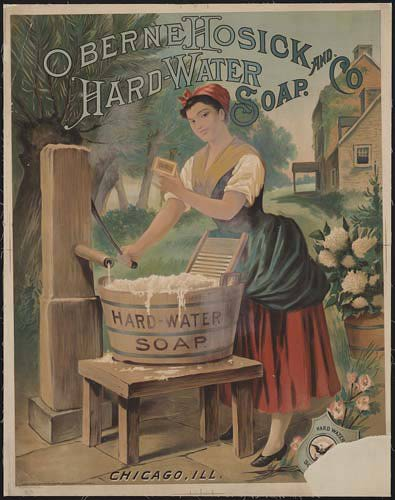
When it was wash-day, your clothes or other fabric items such as tablecloths went into a big wooden tub, and you got to work with a washboard. The washboard in a Venetian family had two uses.
First, to scrub clothes (over time, the scrubbing could begin to wear out the fabric, to the point of producing holes. Hence “bucato” as the general word for “laundry” — it means “holed.”)
The second use was a kickboard to help children learn to swim. Generations of Venetian babies, up to and including Lino, clung to mom’s washboard as they thrashed their way around the water — usually out in the lagoon, but a nearby canal was just as good, and more convenient, too. That which does not kill me makes me stronger.
But lissia also makes bleach. As Lino’s sister explained it, they would carefully layer the items to be bleached into the wooden washtub, and cover them with a cloth. Then they would pour the lissia into the tub and leave it all to soak for a while. “Your clothes came out perfectly white,” she said, and smiled, remembering how her mother would look at the result with a sort of bedrock satisfaction.
You can understand her smile if you know that Lino’s father drove a steam train, fueled by coal, of course, on the Venice-Trento line. He came home in the evening black all over. That’s not the inspiration of the phrase “ashes to ashes,” but wood-ash seems to have been the perfect weapon against coal dust.
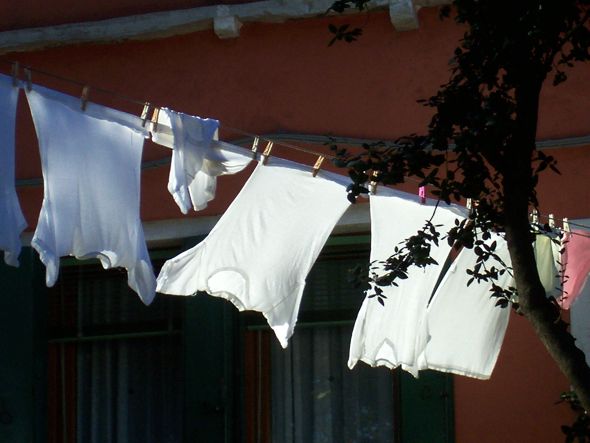
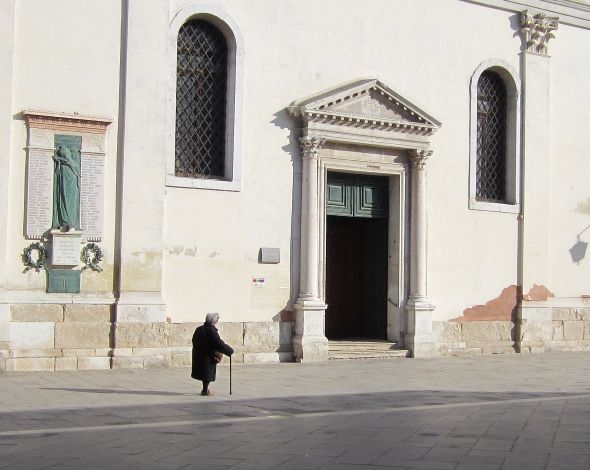
Lissia was such a common element of life that, like so many common elements, it became a very useful term to express all kinds of situations, and some of these expressions are still used.
“Far lissia” (to make lissia), to really clean right down to the ground. You could also say this if you’ve eaten up everything in the house (as we would say “really cleaned out”).
“Perder el lissia e ‘l saon” (pehr-dehr el EE-see-ha ehl sah-OHN — to lose the lye and the soap). It means you’ve totally wasted effort and money and have nothing to show for it all.
“Mi sugaro’ sta lissia” (Mee soo-gah-ROH sta EE-see-ah — I’ll dry out this lye). You’d say this when you mean to really settle an issue or deal with a problem once and for all.
“Co e done fa pan e lissia, i omeni scampa via” (coe eh doe-neh fa pahn eh EE-see-ah, ee OH-men-ee scampa vee-ah –When the women make bread or lye, the men get the heck out of there). Centuries of domestic conflict-resolution are contained in this phrase, which I think must have been coined by a man. Making really good bread, and making lye, were two strenuous tasks that would inevitably exhaust the wife. And an exhausted wife, as all husbands discover, is a dangerous person to be around. Flee!


